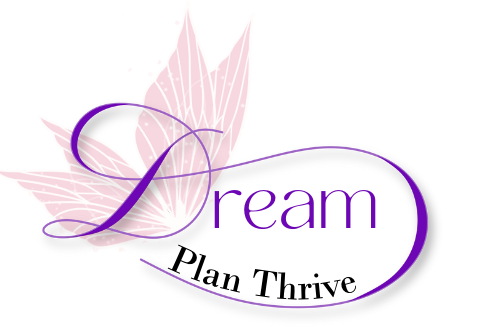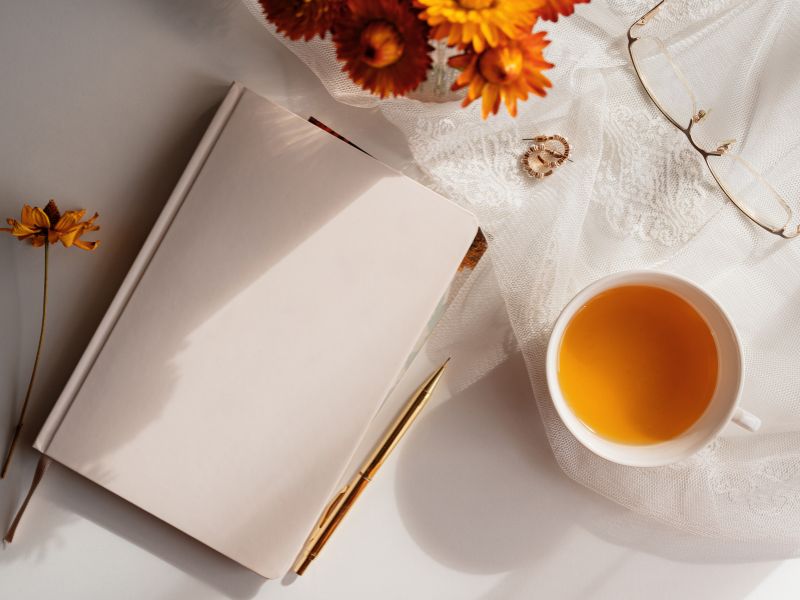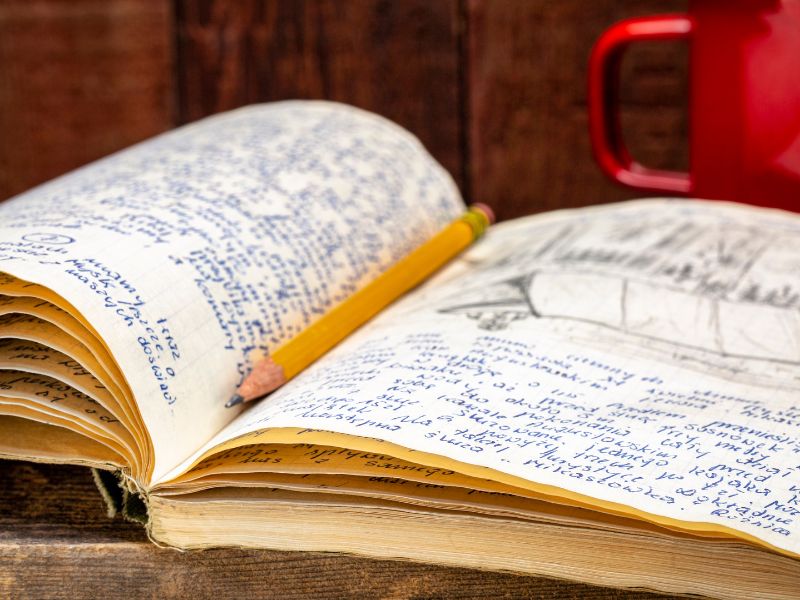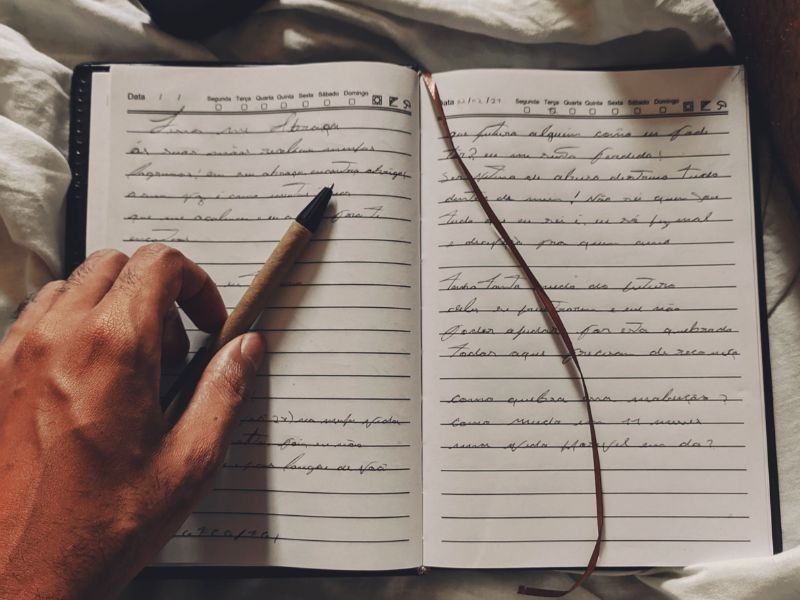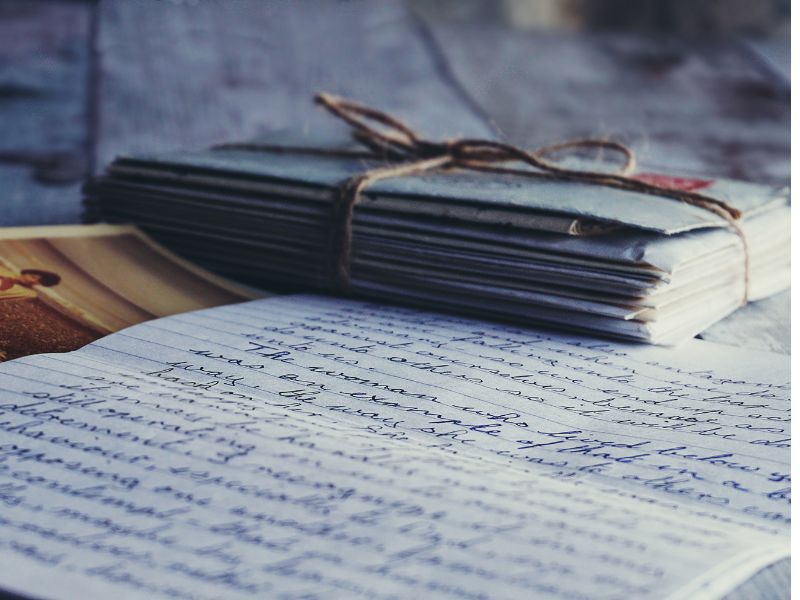
Journaling can feel intimidating—where do you start? What if your words sound silly? And the biggest fear of all: What if someone reads it and judges me?
Take a deep breath. Journaling isn’t about creating something perfect—it’s about giving yourself a safe space to explore, express, and grow. When you approach journaling as a creative and reflective process, it stops feeling like a chore and becomes a tool for self-discovery.
Here’s how to turn your journal into a masterpiece that captures your journey as an artist and a person.
Treat Your Journal as a Creative Outlet
Your journal doesn’t have to be filled with just words—it can be anything you want it to be! Think of it as a blank canvas for your creativity.
Simple Tips:
- Experiment with Creative Formats:
- Try sketching, doodling, or creating mood boards alongside your writing.
- Use mind maps to brainstorm ideas or connect thoughts visually.
- Include photos, ticket stubs, or other mementos that inspire you.
- Write About Your Inspirations:
- What sparked your creativity today? A song? A memory? A conversation?
- Reflect on how your inspirations evolve over time and how they influence your work.
Capture Milestones and Breakthroughs
Your journal is a living record of your growth—celebrate your wins and reflect on your challenges.
Simple Tips:
- Document Your Successes:
- Write about the projects you’ve completed, no matter how small.
- Describe the steps you took and what you’re most proud of.
- Learn From Your Failures:
- Treat mistakes as lessons instead of setbacks. Write about what didn’t work and how you’ll approach things differently next time.
- Reflect on how these moments helped you grow as a person or artist.
Write for Your Future Self
Journaling isn’t just for the present—it’s also a way to speak to the person you’re becoming.
Simple Tips:
- Include Notes, Questions, or Advice for Your Future Self:
- End some entries with a note like, “Remember how brave you were to try this,” or “Keep going—you’re closer than you think.”
- Ask questions your future self can answer later, like, “What have you learned since this moment?”
- Write Letters to Yourself at Pivotal Moments:
- When you’re experiencing something important—a creative breakthrough, a challenge, or a moment of clarity—write a letter to your future self.
- Revisit these letters later as reminders of how far you’ve come.
Your Journal, Your Masterpiece
Your journal doesn’t need to impress anyone but you. It’s your private space to explore your creativity, reflect on your journey, and record the moments that make you who you are.
When fears creep in, remember this: Your journal is for your eyes only. You can choose to keep it completely private, hide it away, or even destroy old entries if they no longer serve you.
But if you stick with it, you’ll create something incredible—a masterpiece of self-discovery that shows your growth as an artist and as a person. One day, you’ll look back at these pages and see just how far you’ve come.
Now grab that pen and start writing. Your story is waiting to unfold.
Check these posts for more useful tips:
- Journaling for Beginners: 7 Tips, Techniques, and Creative Ideas to Start Today
- Gain Awareness by Expressing Your Feelings to a Nonjudgmental Audience
